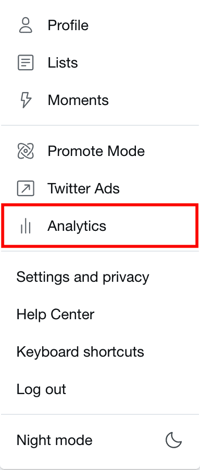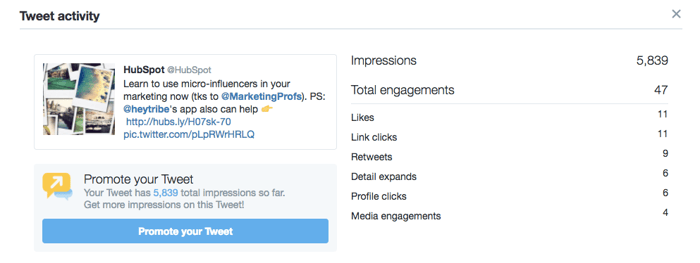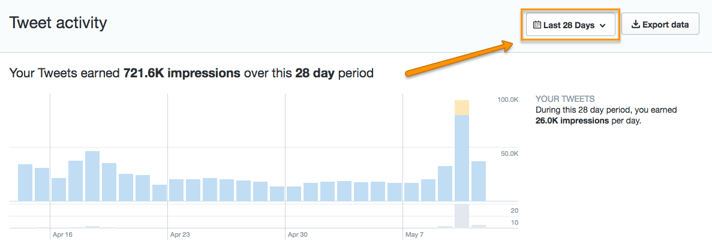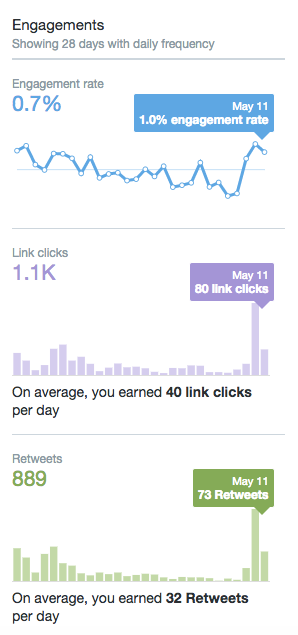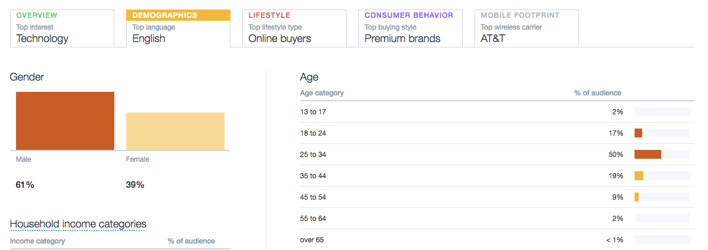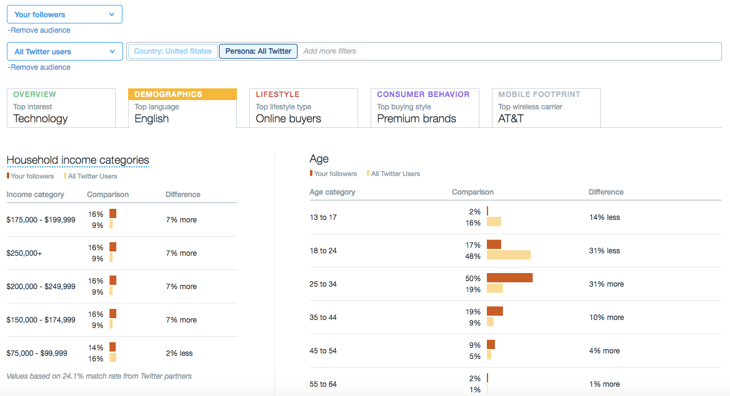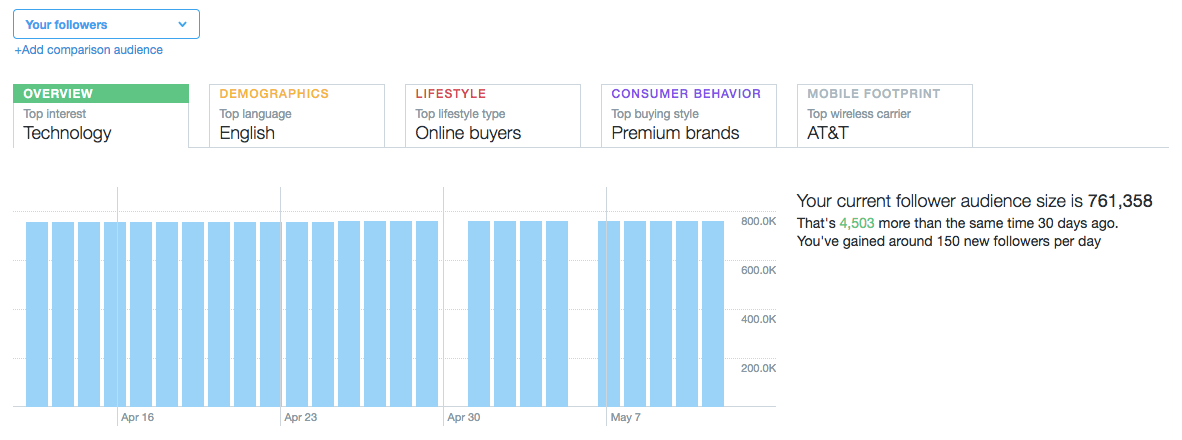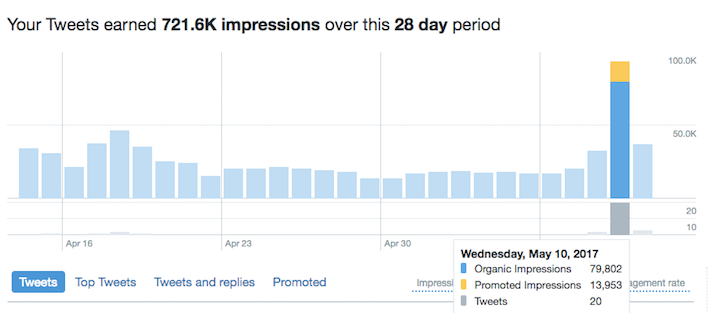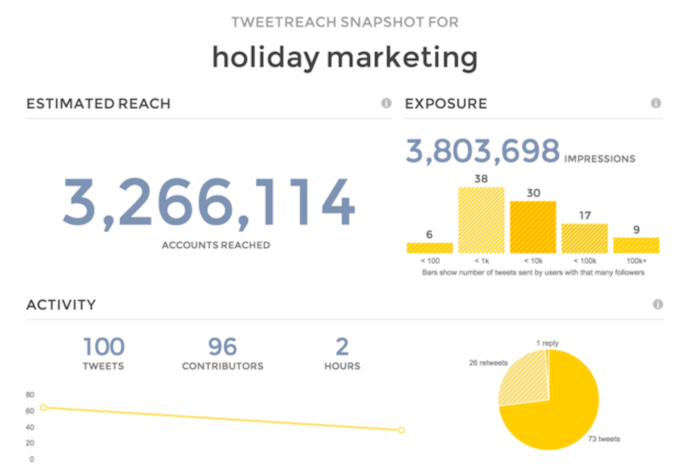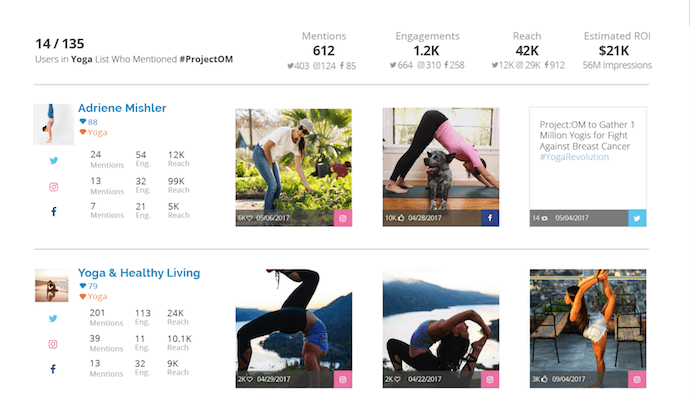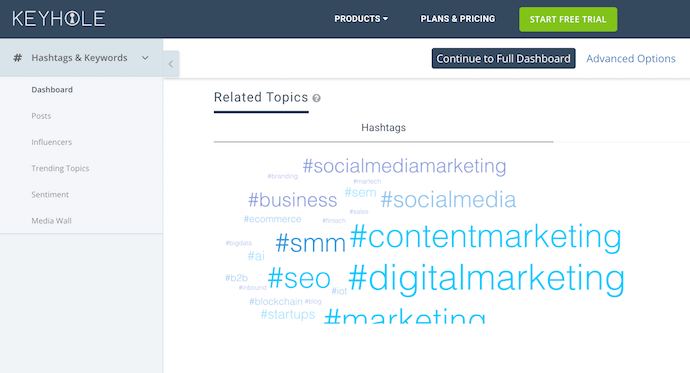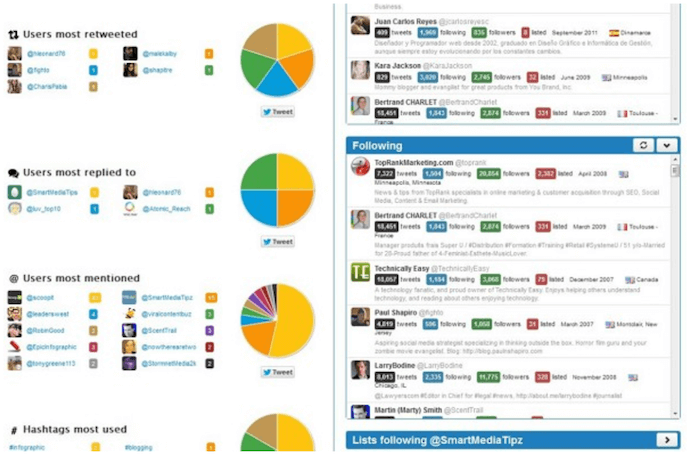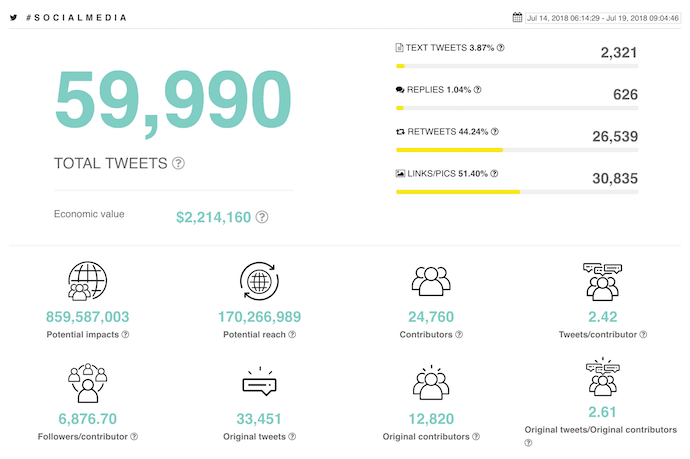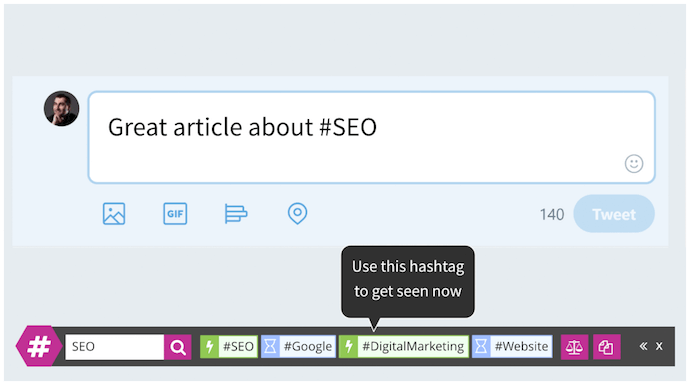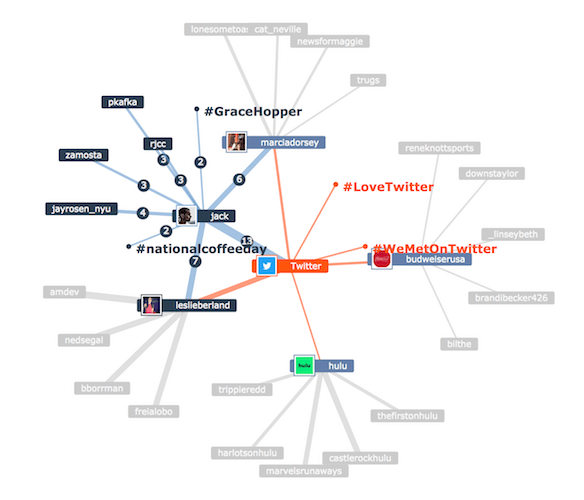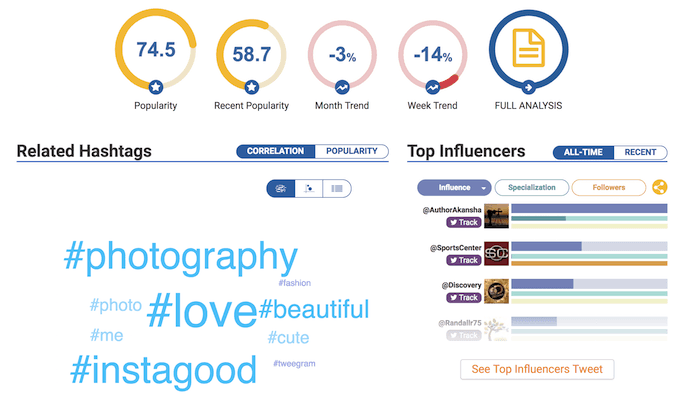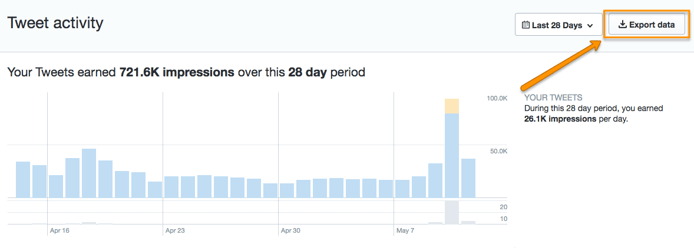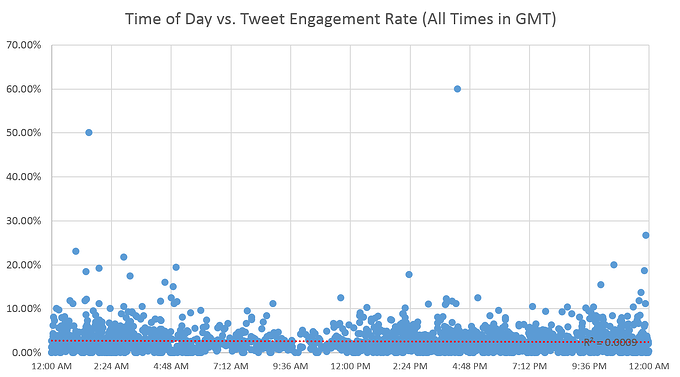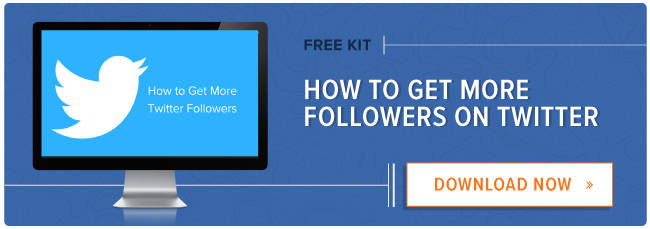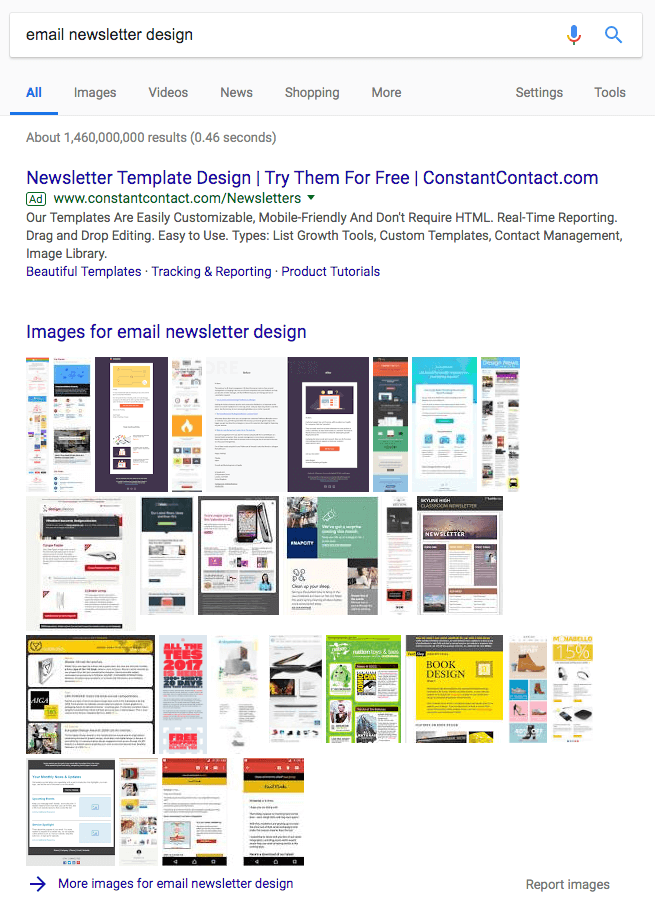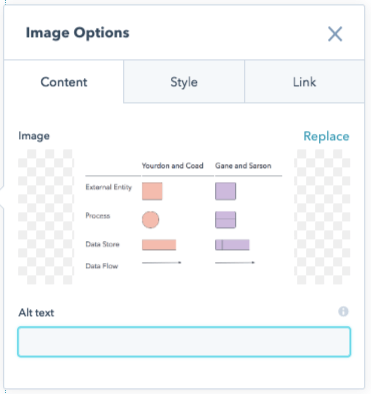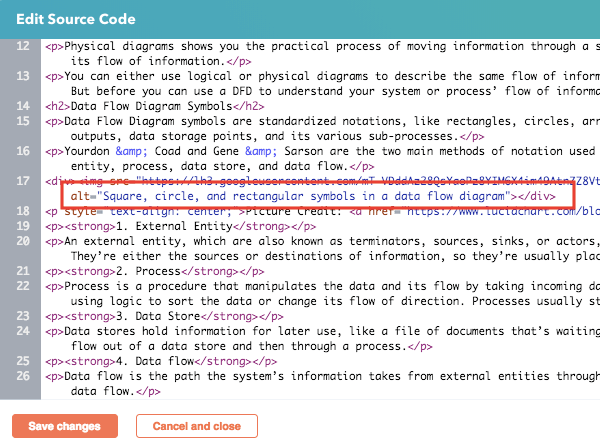We're all familiar with traditional brainstorming as a way to produce new ideas. You sit in a room with a whiteboard and work with whatever comes to mind. Maybe you play a few rounds of word association to strengthen your ideas, or pull up Google and use research to flesh them out.
But there are many alternative exercises for tackling problems and developing new ideas, both individually and in a group setting.

Ranging from structured to silly, here are 15 creative brainstorming exercises and techniques to help you get your problem-solving juices flowing.
Brainstorming Techniques
- Storyboarding
- Mind Mapping
- Group Sketching
- Word Banking
- S.C.A.M.P.E.R.
- S.W.O.T. Analysis
- Six Thinking Hats
- Zero Draft
- Brain Netting
- Questioning Assumptions
- Wishing
- Alter-Egos / Heroes
- Forced Connections
- Reverse Brainstorming
- Brain-Writing
Visual Activities
1. Storyboarding

If you're trying to design a process, storyboarding can help you see where your collective understanding of a problem supports or conflicts with a proposed solution, and where more thought/research is needed. By developing a visual story to explore the problem at hand as a narrative, your team will be able to see how ideas interact and connect to form a solution.
Sticky notes are your friend. Take a few minutes to have everyone on the team write out their ideas as individual notes. These don't have to be complete thoughts -- physically pinning up quotes, pictures, user info, and the like can help you see new relationships between different components.
Once you have a group of sticky notes to work from, start arranging them on the board as a progression: first this, then that. Organizing your ideas as a continuous series will help you see new connections and eliminate extraneous material that doesn't support your end goal.
2. Mind Mapping
Mind mapping is a fairly common term nowadays -- in fact, many types of software provide automated mind-mapping templates so you can better organize your data. Well, it also happens to be a great way to organize your ideas.
- To create a mind map for creativity purposes, write down the task or problem you're trying to solve at the center of your idea sheet (feel free to do this on your computer, but whiteboards are ideal).
- Then, expand on this problem by surrounding it with terms that better describe what you need. If your problem is low website traffic, for example, some terms to write around this phrase might be "organic traffic," "trusted content," "SEO," and "video strategy."
- Once your mind map has this first layer, add a second layer to each of your needs describing how you might be able to solve for these individual challenges. Around "SEO," you might write "topic clusters," "dedicated SEO strategist," and "video marketing course."
Keep adding to your mind map using the steps above until you've sufficiently broken down your problem into manageable parts. It's a fantastic problem-solving technique that fosters creative answers to subjects that might otherwise seem uninspiring.
3. Group Sketching

You don't have to be an artist or a designer to benefit from sketching. Visual thinking can help to trigger and develop ideas that discussion and writing might otherwise leave unturned. Similar to brain-writing, group sketching involves participants building on each other's ideas.
Each member of your team will sketch an image related in a central way to a concept, idea or topic you want to explore further. Each sketch is then passed to someone else, who sketches another related image on the same piece of paper. This is repeated multiple times around the group. The final images are then reviewed and discussed with the aim of discovering connections that individuals hadn't spotted on their own.
Idea Sorting Techniques
4. Word Banking
If you assume "work banking" is a fancy term for "word association," well, you're right. But in a word banking session, what you do with the words you come with is much more sophisticated.
While word associations often focus on pairs of words, word banking asks you to form big groups of terms that all describe just a few themes or topics. Creating word banks in a business setting can help you dismantle a project into manageable parts -- kind of like a mind map, as described in technique #2 earlier in this article.
Then, when your work bank is complete, you can retroactively form connections between the terms you came up with, and use those connections to craft ideas that are guaranteed to include all of your most important characteristics.
5. S.C.A.M.P.E.R.

S.C.A.M.P.E.R. is essentially a process for expanding and improving upon ideas by testing and questioning them from different angles. For each letter of the mnemonic, ask yourself a related question about your project or the problem at hand:
- Substitute, e.g.: What would happen to the project if we swapped X for Y?
- Combine, e.g.: What would happen to the project if we combined X and Y?
- Adapt, e.g.: What changes would need to be made to adapt this project to a different context?
- Modify, e.g.: What could we modify to create more value on this project?
- Put to another use, e.g.: What other uses or applications might this project have?
- Eliminate, e.g.: What could we remove from the project to simplify it?
- Reverse, e.g.: How could we reorganize this project to make it more effective?
This method forces you to approach your project or problem in unexpected ways. Each question asks you to dig a little deeper into the issue and consider new possibilities.
6. S.W.O.T. Analysis
Entrepreneurs and business leaders know exactly what a SWOT analysis is. Well, it also happens to be a helpful brainstorming exercise.
S.W.O.T. stands for Strengths, Weaknesses, Opportunities, and Threats. And when launching a company, it's your textbook starting point (literally -- there isn't a single business school textbook in the world that doesn't have a version of it).
But while a company's founder might use a SWOT analysis to create his or her business model, brainstormers can use the same diagram to better organize their ideas.
Your SWOT analysis doesn't have to be all that complicated when brainstorming. In fact, it can simply be four columns on a whiteboard during your average "shout it out" ideas meeting. When thinking of a new logo design, for instance, ask yourself what you like most about your current logo (strengths). What do you dislike about it (weaknesses)? What should it have more of (opportunities)? What other company logos should you be mindful of (threats)?
7. Six Thinking Hats
There's a whole host of problem-solving exercises and tools that help participants to put themselves into the shoes of another. This particular tool was invented by Edward de Bono, a psychologist, author, and consultant who pioneered the technique in his 1985 book Six Thinking Hats. The method involves breaking down ideas into six areas of thought:
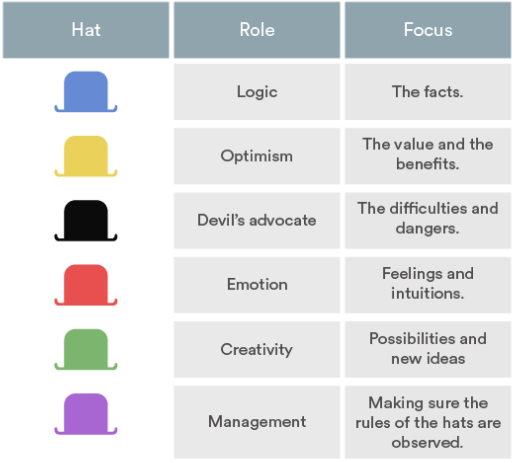
When approaching a new problem or project, have each member of your team put on one of these different "hats" for the discussion. Each "hat" represents a unique set of priorities and perspectives that will help focus your discussion and consider the project from a wide variety of angles.
For example, if you're wearing the "Devil's Advocate" hat, it's your job to consider the project's limitations and challenges. It may feel uncomfortable at first to temporarily adopt a very narrow form of thinking, but the extremes can help teams fully explore a project or idea.
Creative Exercises and Games
8. Zero Draft
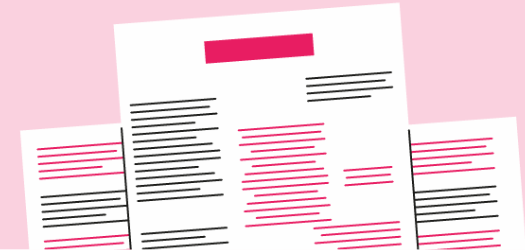
The Zero Draft is an ideation technique for individuals often used by writers and is essentially a form of focused free-writing. For marketers and agency professionals, it can help focus the first stages of a new project by establishing what you currently know and getting your initial ideas out of your brain and onto paper.
Taking your central theme or topic:
- Write down everything you currently know about the subject.
- Write down what you need or want to know about the subject, but don't currently know.
- Reflect on why the subject is important.
- Add anything else that takes your fancy -- this is a chance to get whatever's floating around in your head out into the world.
The Zero Draft method is all about getting everything you can think of relating to your topic down on paper, so don't be concerned if it looks messy and unfocused. The goal is just to get past the initial block that often plagues creative professionals in the early stages of a new project.
9. Brain Netting
Creative exercises and ideas meetings always go better the more people you have in the room. Unfortunately, that means remote employees might not be solicited for their input as much as they should be. Brain netting is the act of connecting with folks electronically to make sure everyone can offer their input and feedback on a project.
Brain netting doesn't just have to be a group phone call, though. Company messaging platforms like Slack are the perfect way to get everyone into a chatroom to spill their ideas. As ideas are submitted, each chatroom member can even vote for their favorites and combine the best qualities of multiple concepts.
10. Questioning Assumptions

We all carry assumptions with us -- assumptions about what is and isn't possible, about what people want, what will work, and what won't. This exercise forces us to challenge these and put everything on the table.
Draw up a list of all the assumptions you can think of about your currently project -- true or not -- and discuss the list as a group, questioning each one. Doing this at various stages in your campaign development can spark fresh ideas, as well as identify knowledge gaps.
11. Wishing

This technique encourages your team to let imaginations run wild. Ask participants to dream up the most unattainable, extreme, and impractical solutions they can think of to a given problem. Create a list of a few dozen wishes pertaining to the task at hand.
Focusing on a selection of wishes, consider and discuss the ideas in detail, with the aim of triggering new but more realistic concepts to pursue. What makes them so impossible? How can that idea be scaled down? Which features of that wish could we integrate into this other approach? You might be surprised to discover applicable, real-world solutions among your team's wildest wishes.
12. Alter-Egos / Heroes

This is a fun exercise where small groups imagine how they would go about solving a given problem if their team were led by a famous character, fictional or real. How would Cat Woman go about positioning your brand as a thought leader in virtual reality? What would Steve Jobs do to improve your latest communications package? How would Don Draper get your core messages across to millennials?
You can either chose someone you think embodies the right qualities for the job to help develop your vision, or someone at the opposite end of that scale, to explore less conventional ideas.
13. Forced Connections
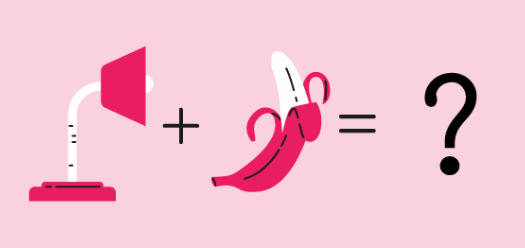
This exercise involves bringing together ideas that serve very different needs or interests to form a new concept. You see this sort of thinking all the time in products like the Apple watch, the Swiss Army knife, smartphones, or even sofa beds.
To put this method into practice, bring a bag of random items to your next meeting, or draw up two lists of unrelated items on the board. Ask team members to pick two or more items and explore different ways they can be connected. This technique can produce some silly results, but it's ultimately a helpful way of getting your team out of a creative rut.
14. Reverse Brainstorming
In certain corporations and government entities, data security is the highest priority. So high, in fact, that these organizations have been known to hire hackers -- many of whom have committed internet crimes -- to hack their systems and find out where the weaknesses are.
This "reverse" approach to security, wherein you hack your own company, is considered one of the best ways to secure a server from intrusion. And for us, it's the inspiration behind this fourth brainstorming technique.
When you reverse brainstorm, you essentially work to create problems rather than solutions. 'Why on Earth would you want to do that?' You might ask. Creating problems teaches you what not to do so you're more intuitive to the needs of your project. Think of it like hacking your company to find out where the weaknesses are.
Say, for example, you want to drive awareness to a new product. As a marketer, you have many promotional channels at your disposal, but you don't know how to use them or where to start. In a reverse brainstorming session, you might come up with the following:
- Avoid hyperlinks to the product's purchase page
- Don't tweet about the product
- Criticize the features of your product
Obviously, these are all horrible ideas if your goal is to promote the product. But, take the reverse of these ideas, and you've effectively created three excellent starting points for a supportive campaign: Link to the product in a series of blog posts, develop a Twitter campaign around the product, and identify specific features of the product that prospects would be most interested in reading or hearing about.
15. Brain-Writing
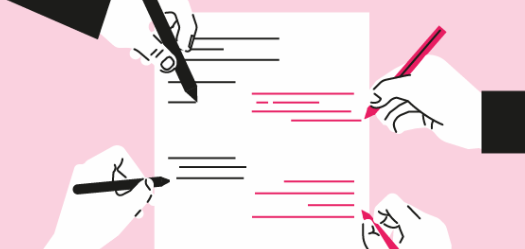
In this exercise, participants simply write down a few rough ideas for solving a particular problem on a piece of paper. Each piece of paper is then passed on to someone else, who reads it silently and adds their own ideas to the page. This process is repeated until everyone has had a chance to add to each original piece of paper. The notes can then be gathered, ready for discussion.
The big advantage of brain-writing is that it makes sure everybody is given the opportunity to have their thoughts and ideas thoroughly considered by the group. This avoids the loudest or most extroverted people unintentionally dominating the sessions.
This is a modified excerpt from Creative Ideation for Digital Marketers: Theory to Practice by Dani Mansfield.
from Marketing https://blog.hubspot.com/marketing/creative-exercises-better-than-brainstorming



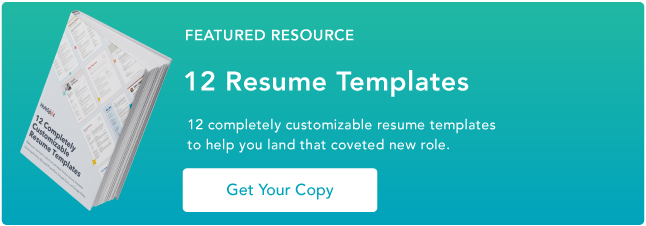
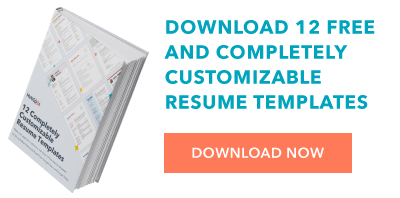



.jpg?t=1538153709072&width=600&name=Oculus_Quest_Back%20(2).jpg)
